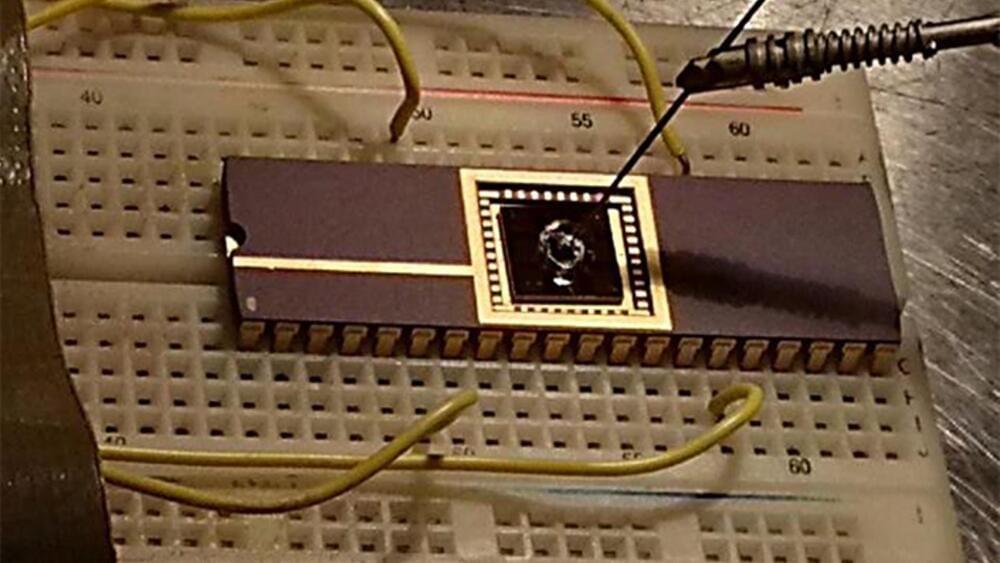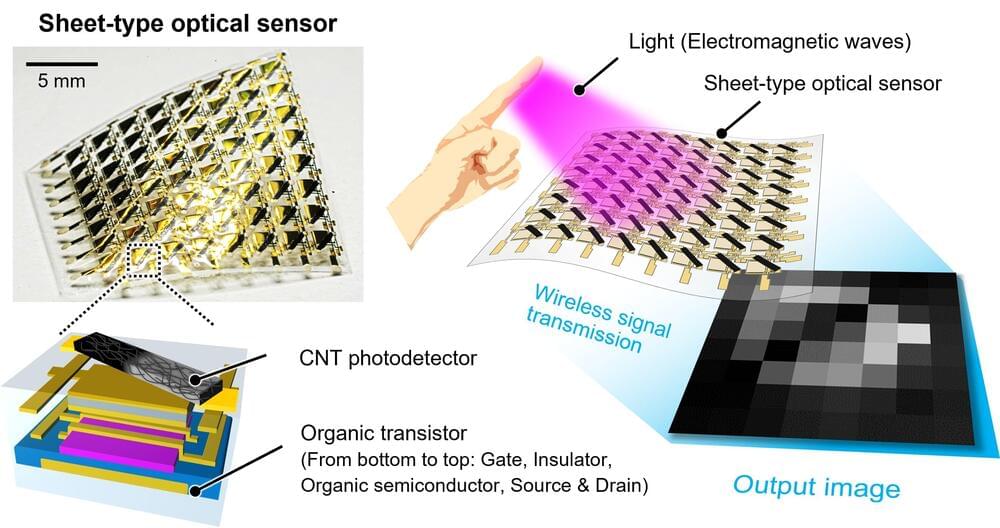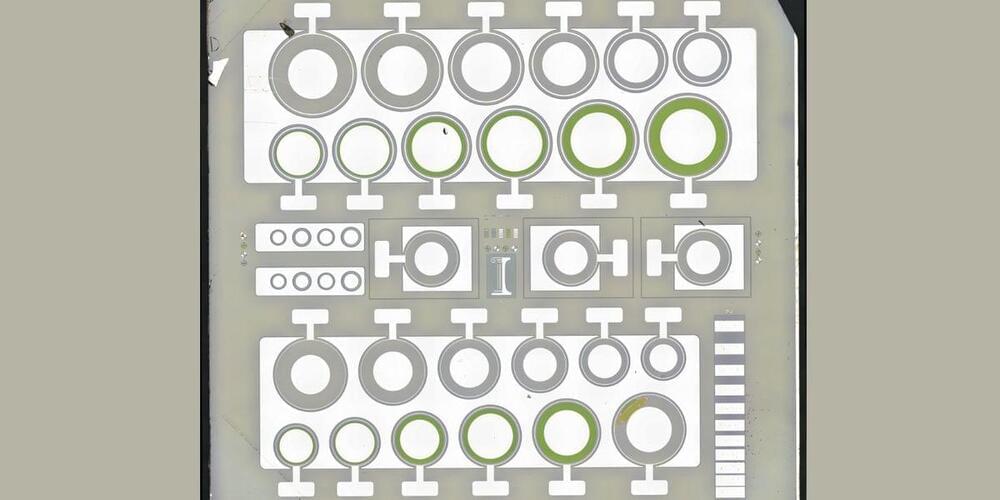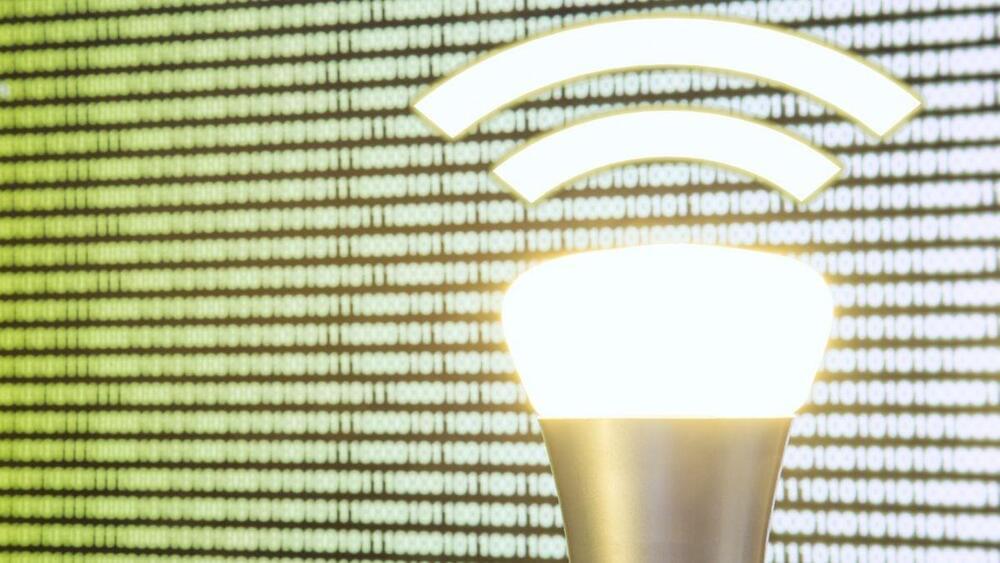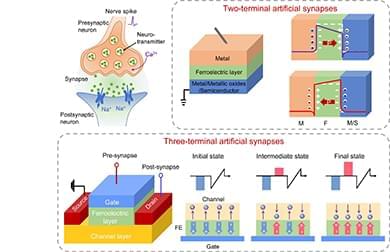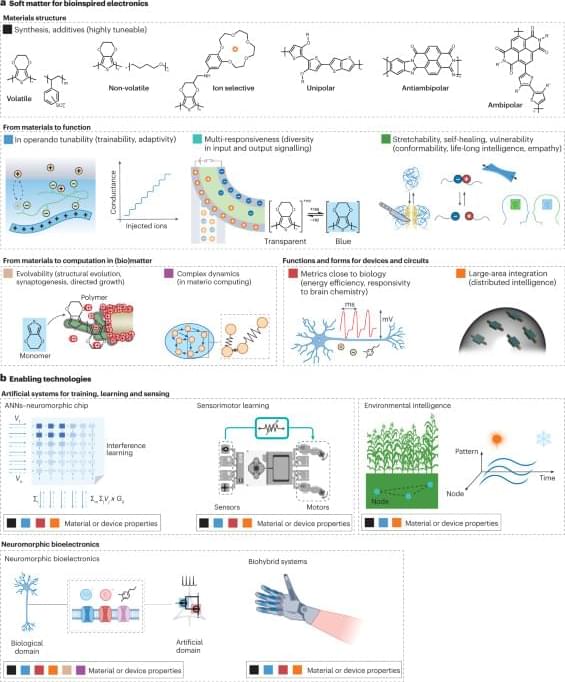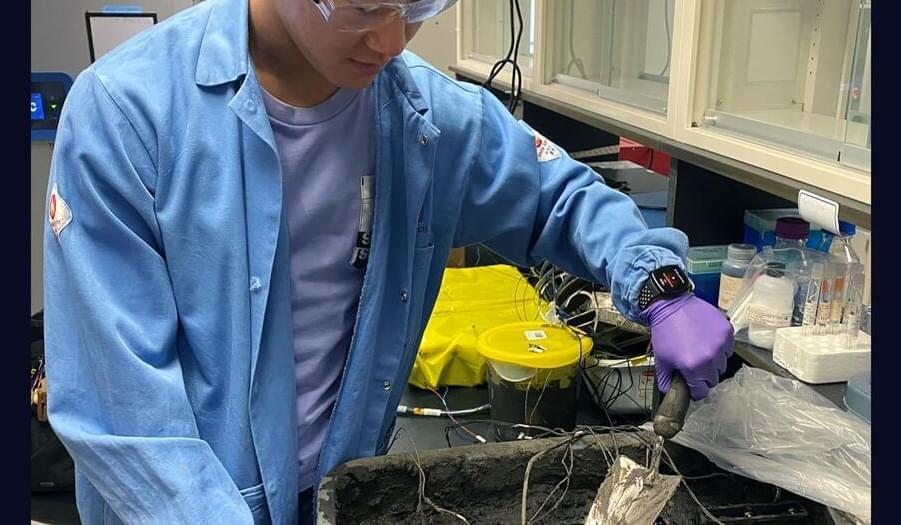A new type of ultra-sensitive sensor has been made to detect incredibly low levels of lead ions in water. This advanced sensor may pave the way for developing next-generation water quality monitoring systems.
What distinguishes the sensor is its capacity to detect lead ions at concentrations as low as one femtomole per liter of water, demonstrating an incredibly high degree of sensitivity.
According to the University of California, San Diego experts, this range is “one million times” more sensitive than any known sensing technologies for water contamination monitoring.
